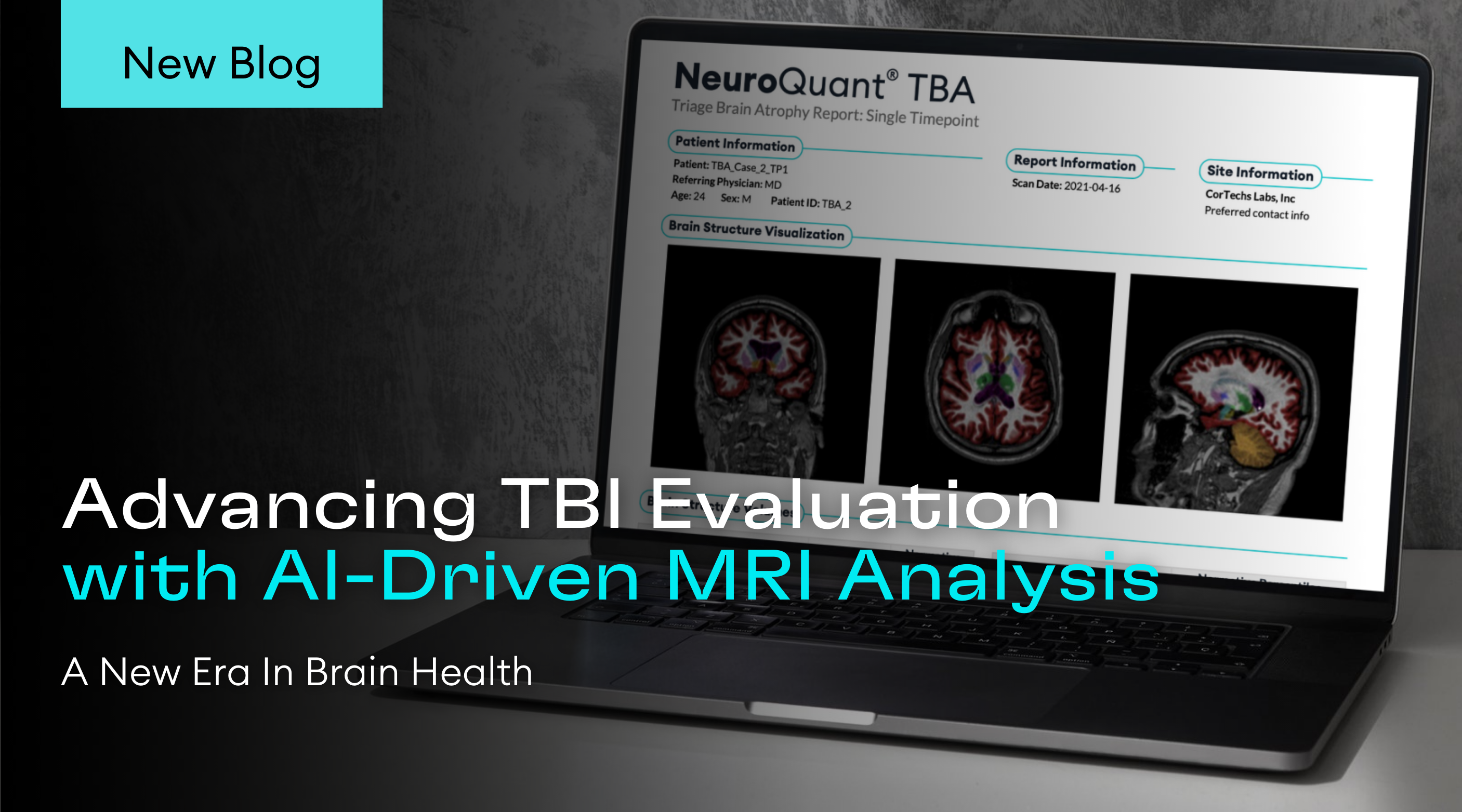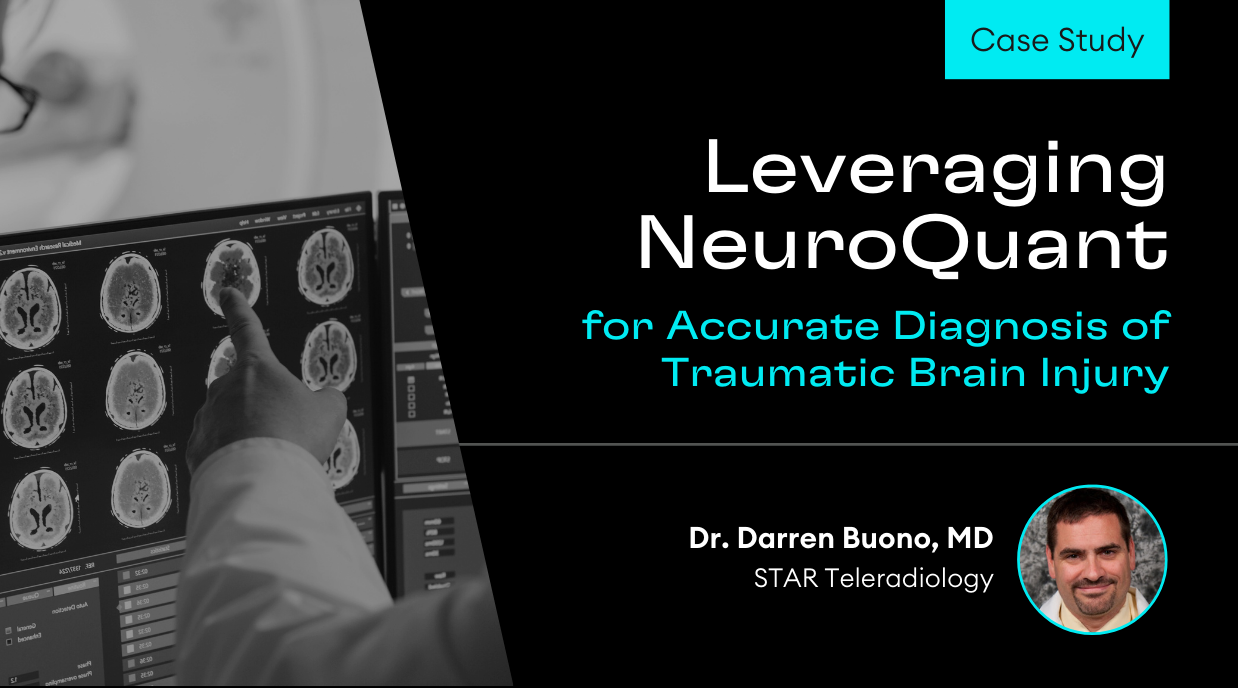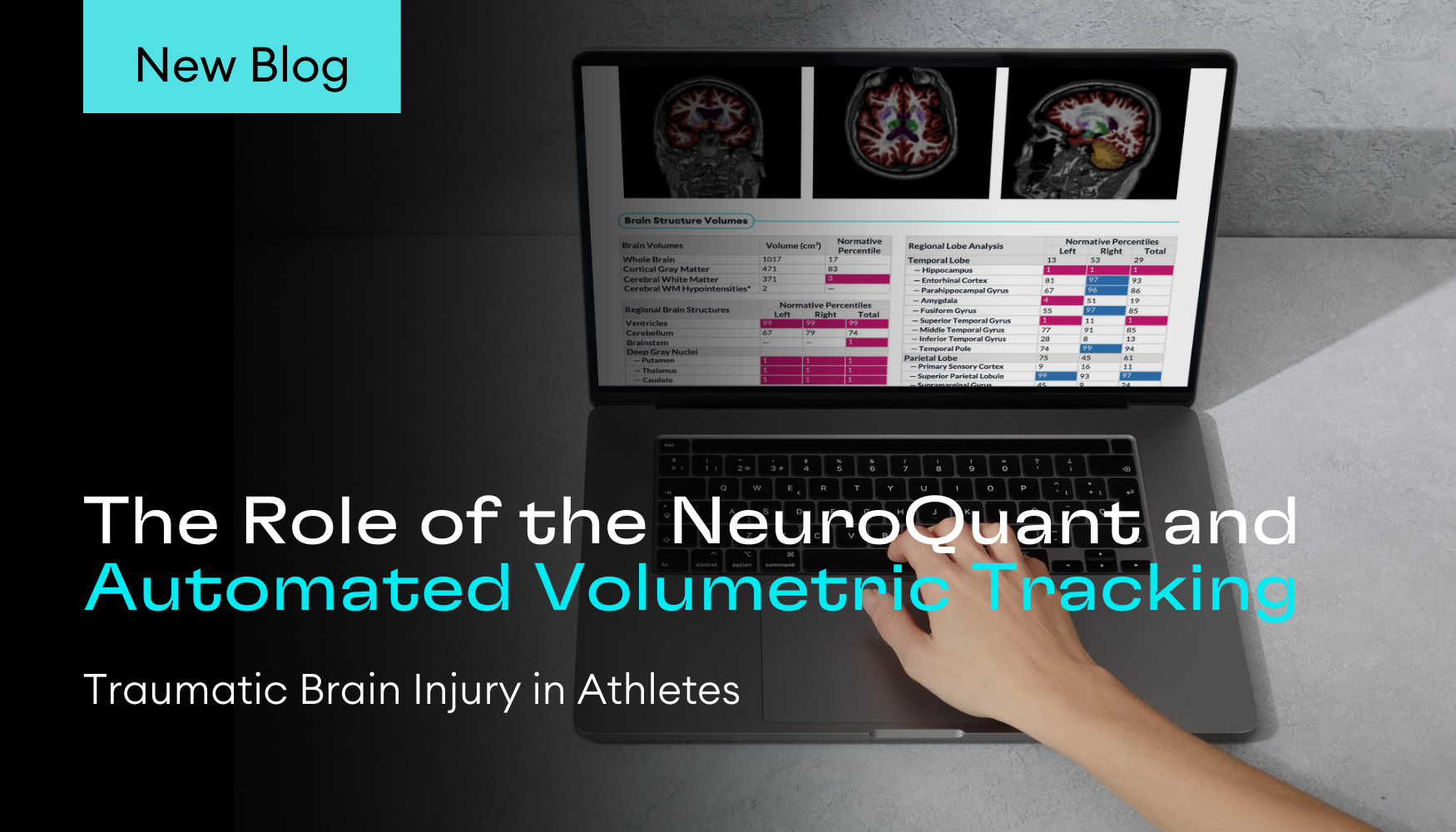Neuroradiology: quantitative MR volumetry in temporal lobe epilepsy
Quantitative MR imaging using NeuroQuant® can enhance standard visual analysis, providing a viable means for translating volumetric analysis into clinical practice and increasing the detection of hippocampal atrophy in temporal lobe epilepsy in both community and tertiary care settings. Radiology August 2012 264:542-550; Published online June 21, 2012.
[button]Download[/button]






